
Blog
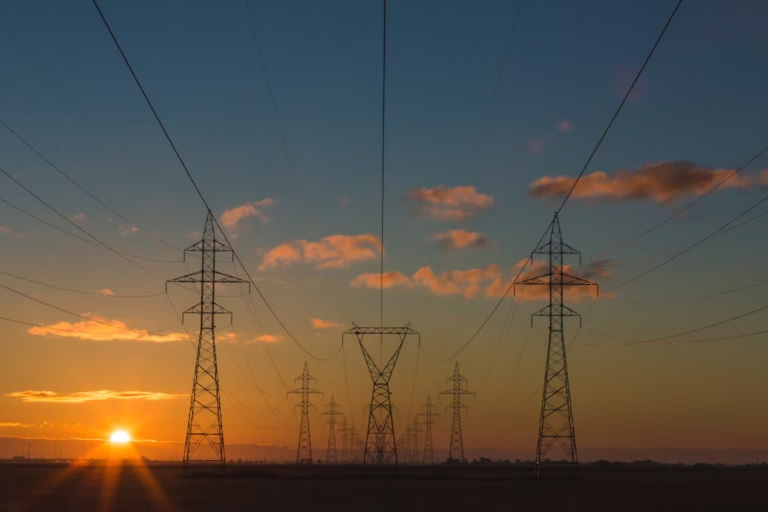
How the New £28 Billion Grid Investment Could Affect Your Energy Bills
Ofgem has approved a £28 billion upgrade to rebuild the electricity and gas networks for the decades ahead. It is a scale of investment that signals both urgency and ambition.
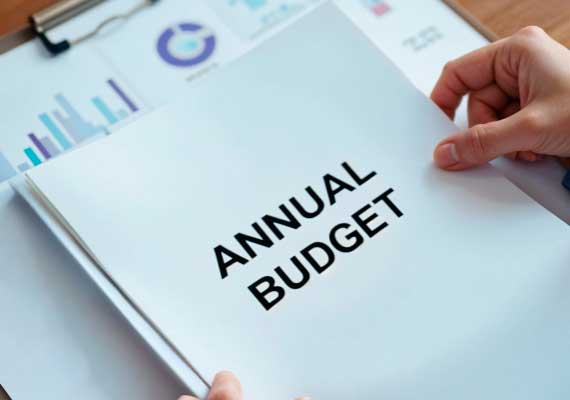
Energy Bills After the Budget: What Comes Next?
Across the UK, households are bracing for another winter of rising costs. Bills still feel unpredictable, and every cold spell brings the same questions: How much will this cost? How long will it last? Is there a better way?
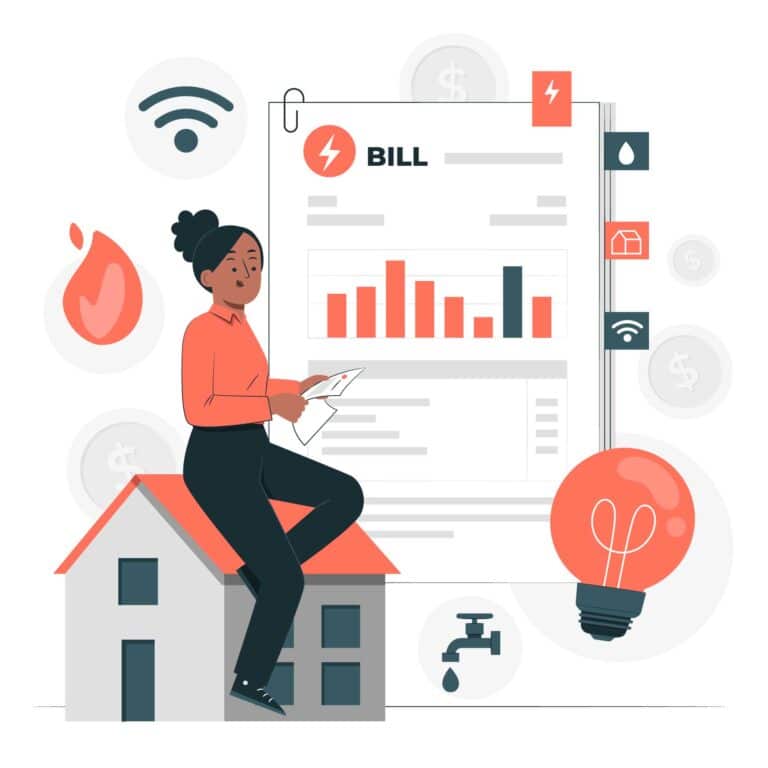
The Autumn Budget 2025 explained: What It Means for Your Energy Bills
The Autumn Budget brings a small dose of relief to households still recovering from years of volatile energy prices. The headline is simple: some costs are coming off bills. But the story underneath is more complicated.
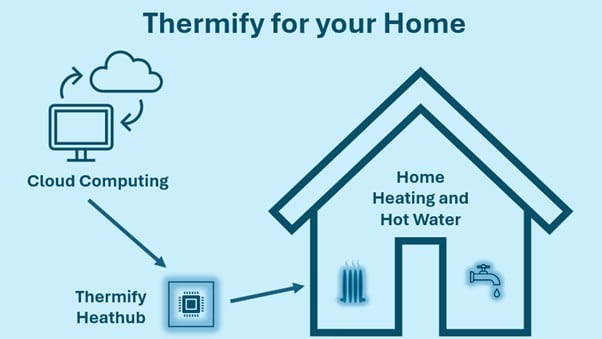
When the Cloud Heats Your Home: The Thermify Partnership Explained
Every time you open an app, send an email, or stream a film, a small storm of computation happens somewhere out of sight. Servers hum, chips burn, and fans spin. Heat is made then thrown away.
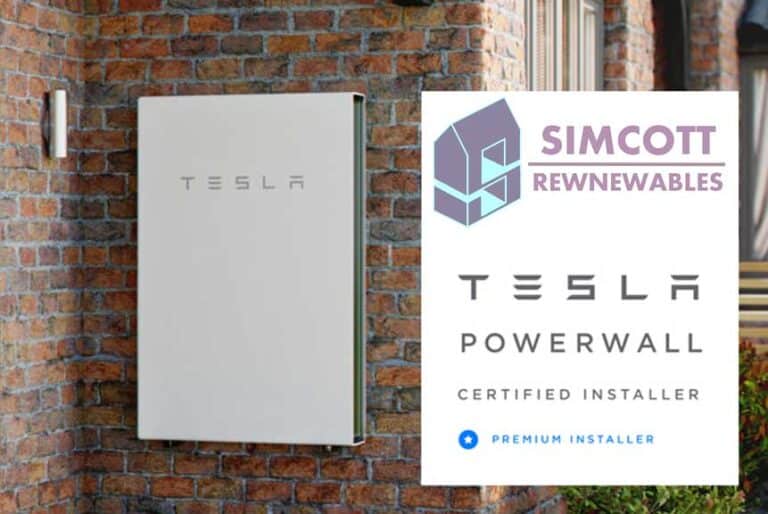
Simcott Renewables Joins Tesla’s Energy Revolution
We are in the midst of an energy revolution but how that revolution unfolds and who it benefits is still up for debate. At Simcott Renewables we don’t just install clean energy systems.
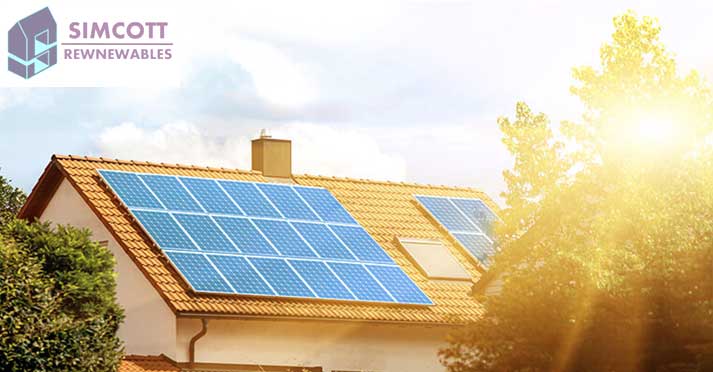
Solar Power: A New Chapter in Energy Ownership
We’re at a pivotal moment where energy is about more than technology, it’s about who owns it and who benefits. Solar power offers a way to reclaim control, build stronger communities, and create a cleaner, fairer future.

Solar Panels vs Heat Pumps
In a world edging ever closer to net-zero deadlines, households are being asked to do more than just turn off the lights. The conversation is shifting from energy conservation to energy creation how we produce, use, and think about power at home.

Four Reasons You Need Battery Storage
Batteries have come down in price significantly over the last couple of years and there are several reasons why you may want to consider one, with or without solar panels.
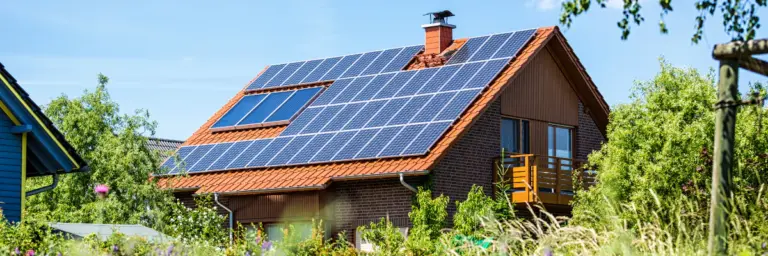
Tips for Getting the Most From Your Solar PV System
In recent years, the UK has seen a significant increase in the number of households and businesses installing solar photovoltaic (PV) systems.

How to Turn Sunshine into Savings
Harnessing the power of the sun to power your home can be an empowering step towards self-sufficiency and more sustainable living.
Why Choose Simcott Renewables?
Free surveys and design visits
Comprehensive choice of options at highly competitive prices
Personalised solar panel installations across Essex from a local business located in Witham
MCS, NAPIT and CHAS certified and Trustpilot approved
Contact Us
To learn more about our services or book a free, one-to-one consultation, get in touch.


